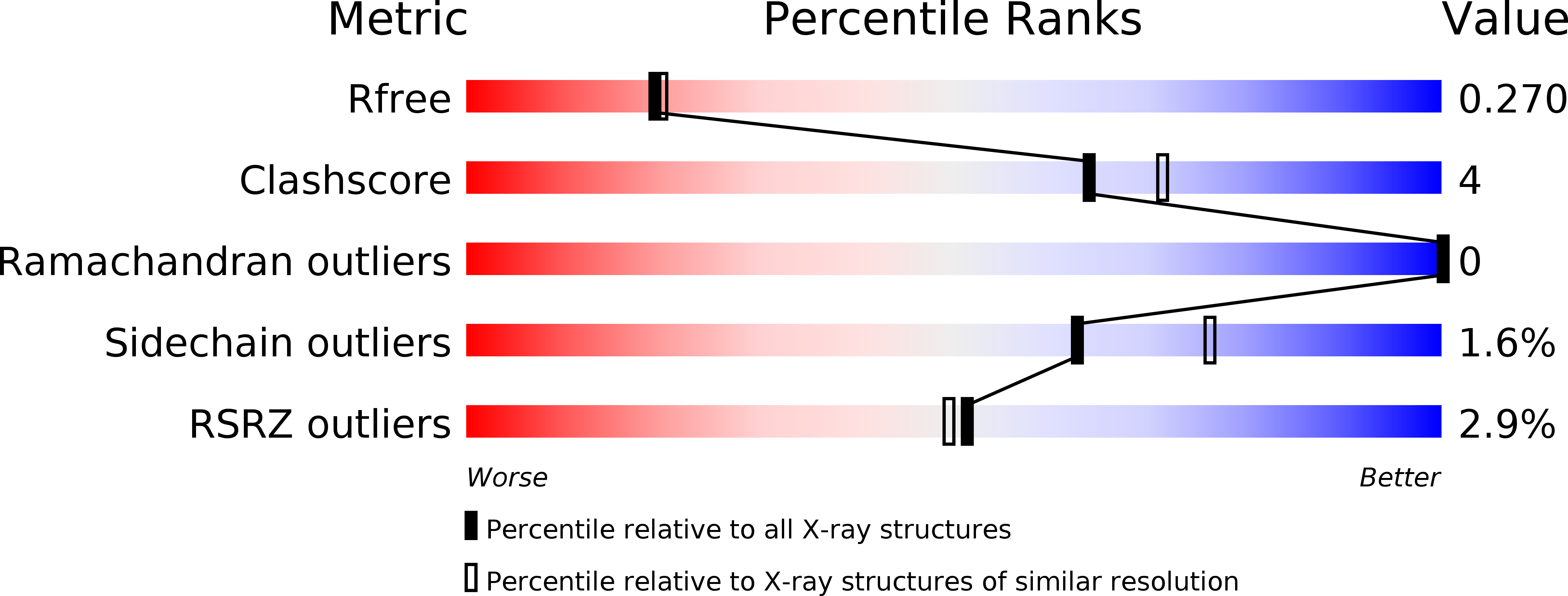
Deposition Date
2012-03-26
Release Date
2012-05-16
Last Version Date
2023-09-13
Entry Detail
PDB ID:
4ECC
Keywords:
Title:
Chimeric GST Containing Inserts of Kininogen Peptides
Biological Source:
Source Organism:
Schistosoma japonicum (Taxon ID: 6182)
homo sapiens (Taxon ID: 9606)
homo sapiens (Taxon ID: 9606)
Host Organism:
Method Details:
Experimental Method:
Resolution:
2.20 Å
R-Value Free:
0.26
R-Value Work:
0.21
R-Value Observed:
0.22
Space Group:
P 43 21 2


